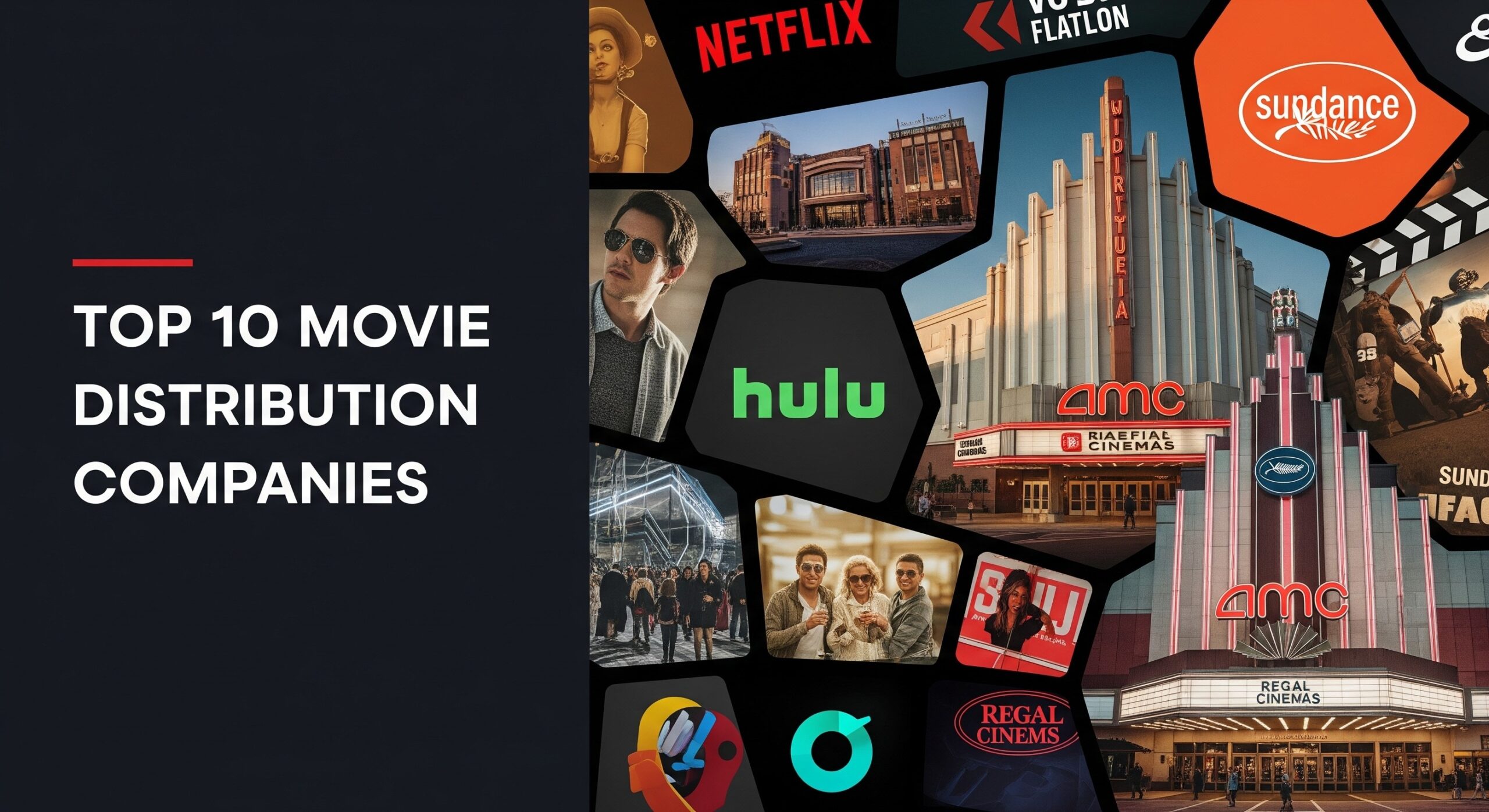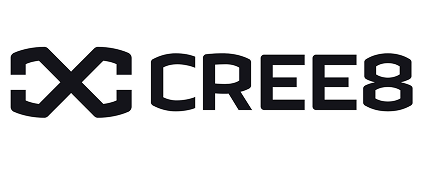Introduction
Global box office is projected to surpass $34 billion in 2025.
But strategic distribution is still a blind spot for many content leaders. Most CXOs lack a unified view of who’s distributing what — and where — across borders, platforms, and rights windows.
I’ll show you how Film Distribution Studios Worldwide are evolving — and how platforms like Vitrina.ai are helping media CXOs stay ahead of the curve.
Key Takeaways
| Topic | Description |
|---|---|
| Major studio scale (Big Five) | Dominant global theatrical & digital reach |
| Regional studios rising | Players like Gaumont, CJ ENM scaling international exports |
| Indie disruptors | Agile players like A24, Mubi winning niche and festival markets |
| Rights complexity | Windowing, licensing, and metadata fragmentation slow deals |
| Solutions for CXOs | Vitrina.ai offers verified partner intel, centralized tracking, export insights |
Download the Strategic Guide

Majors & Mini-Majors
The Big Five — The Walt Disney Company, Warner Bros Discovery, Universal Pictures, Sony, and Paramount — dominate global theatrical and streaming windows. Their libraries, distribution arms, and global pipelines make them critical for any high-stakes dealmaking.
Studios like Lionsgate operate as “mini-majors,” with significant reach but leaner models — often combining production, international sales, and digital-first launches.
Regional Powerhouses
Regional studios are scaling globally — and fast. Gaumont (France) continues to license European drama globally. CJ ENM (South Korea) leads K-content exports across Asia and North America.
WildBrain, Fremantle, NTV, and Blue Ant Media represent verified content exporters with local-to-global pipelines.
Indie & Specialist Distributors
Indie players like A24, Neon, Mubi, and GKIDS are rewriting the rules of festival-to-theatrical distribution. With lean teams and savvy windowing, they often move faster than legacy studios — and win critical acclaim doing it.
Explore the Vitrina Network

Distribution Business Models & Windows
Today’s rights windows are compressed and chaotic. Theatrical, AVOD, SVOD, and DTC often overlap. Licensing requires deep metadata readiness, territory mapping, and deal visibility. Studios that master this sequencing gain revenue — and speed.
CXO Challenges & Data-Driven Solutions
Most distribution pipelines are a metadata mess. Rights teams chase avails in email threads. Localization gets held up by missing specs. Festival rights fall through because nobody had verified partner data.
Vitrina’s Project Tracker solves this with centralized visibility into who’s distributing what, where, and when. You get verified studio profiles, export dashboards, and deal-stage intel.
Future Trends & Technology
By 2025, global box office is expected to surpass $34B — but digital will account for even more. Festival-forward strategies are gaining ground. Data-first studios are winning licensing velocity.
Conclusion
Whether you’re scouting theatrical rights, planning global licensing, or streamlining content pipelines, understanding Film Distribution Studios Worldwide is non-negotiable.
Platforms like Vitrina.ai give you the verified data, real-time visibility, and global partner access your team needs to move faster — and smarter.Get Your Vitrina Membership Today
Frequently Asked Questions
The major players include Disney, Warner Bros, Universal, Paramount, and Sony. Others like Lionsgate, CJ ENM, Gaumont, and A24 lead in specific niches or regions.
Streaming compressed release windows, fragmented rights, and shifted power to platforms. It also made data and partner visibility crucial for success.
They connect content owners with distributors globally, handling licensing, rights, and market access — especially critical at film markets and festivals.
Indie distributors are leaner, more flexible, and often specialize in genre, region, or festival-driven content. They move faster and often punch above their weight.





































